Part 11;
State Wide & National
Hyperloop Transportation
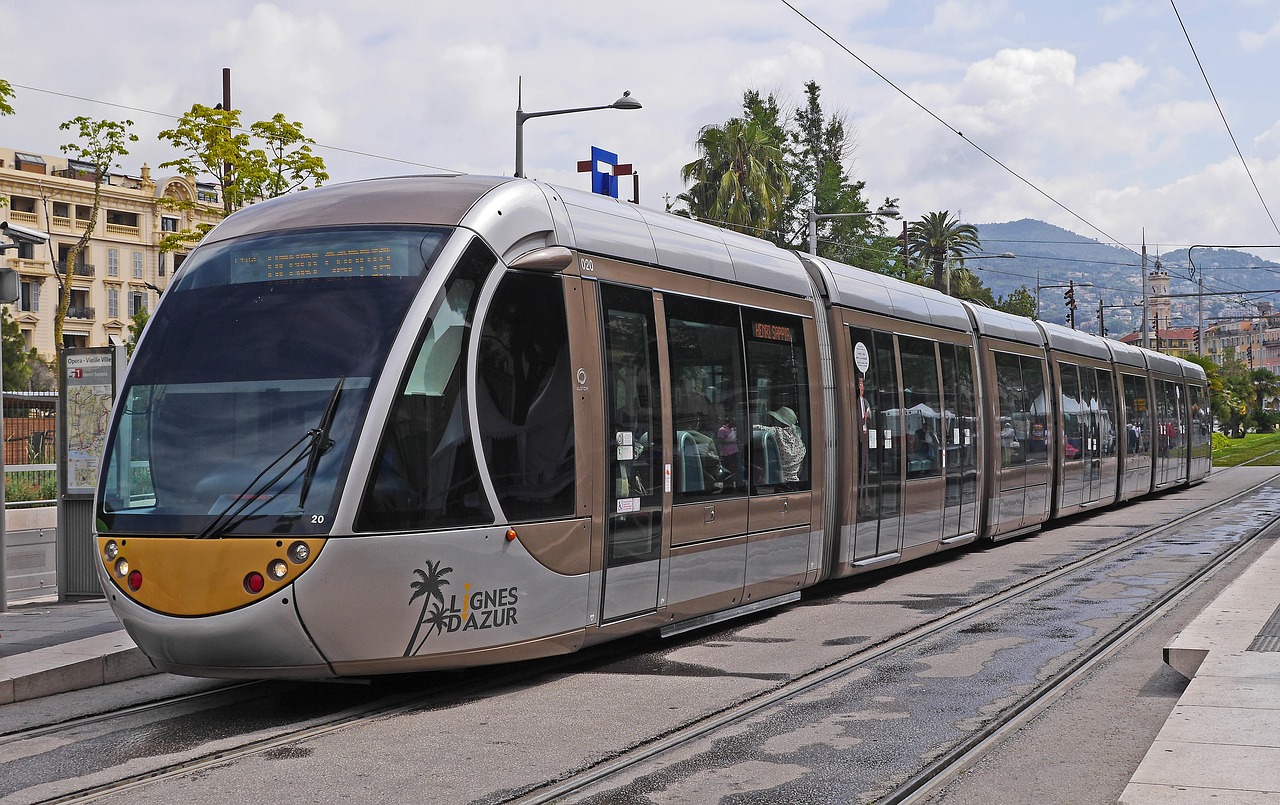 At the 2019 edition of the Space X Hyperloop competition student teams launched their prototype pods through a 1.2 KM vacuum tube beside the Space X Headquarters in California. The latest speed record is still away off the predicted 1,000 KPH, it is also not on the same level as the fastest high-speed trains currently in use in China and elsewhere around the world.
At the 2019 edition of the Space X Hyperloop competition student teams launched their prototype pods through a 1.2 KM vacuum tube beside the Space X Headquarters in California. The latest speed record is still away off the predicted 1,000 KPH, it is also not on the same level as the fastest high-speed trains currently in use in China and elsewhere around the world.
Yet the continued interests in this technology among much larger operations in the form of Virgin Hyperloop One and Hyperloop TT – means a faster and more commercially viable form of Hyperloop may not be a long way off. Elon has stated that the 2020 edition of Hyperloop Competition will take place in a 10 KM vacuum tunnel with a curve.
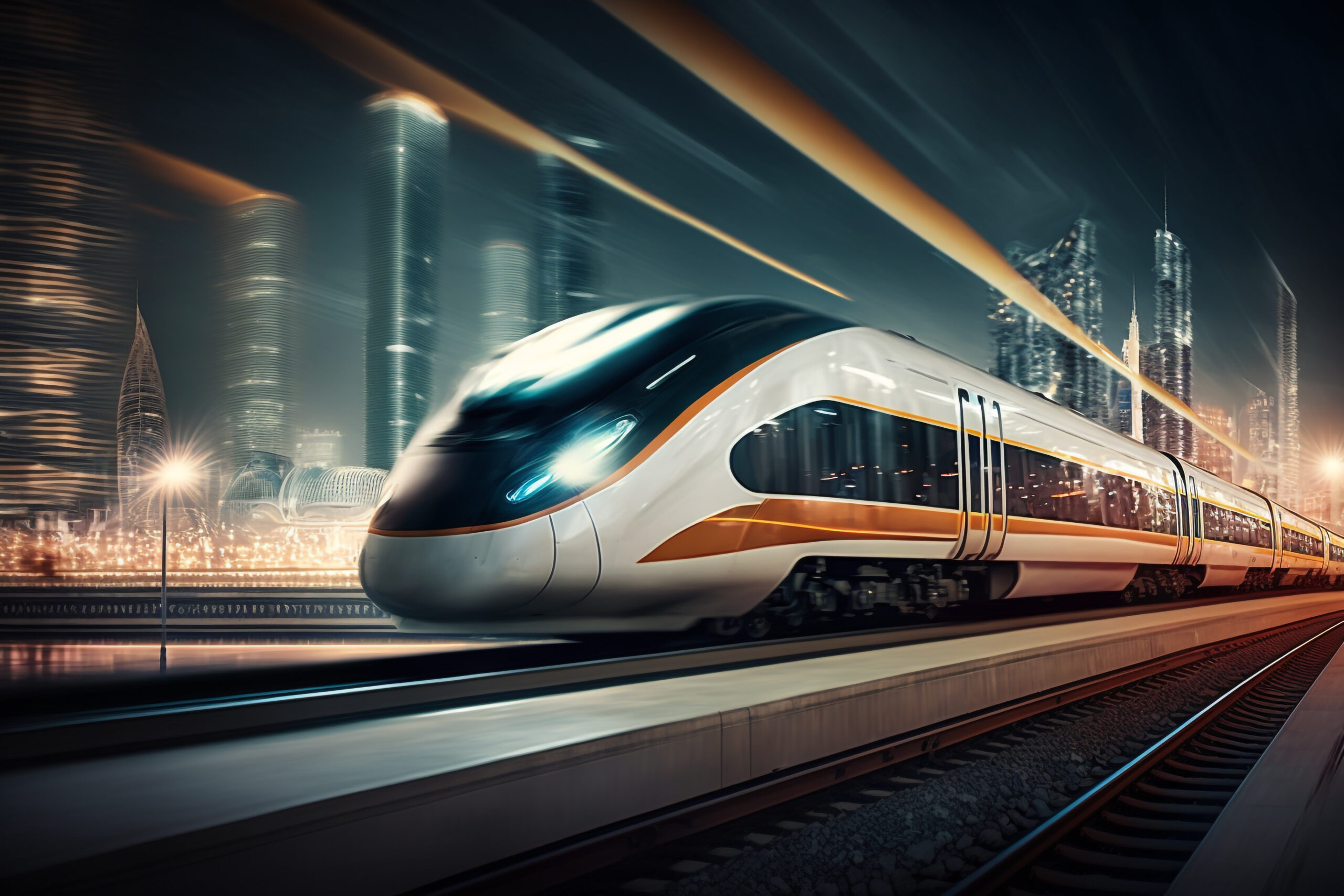
This technology is in our very near future. I do have ideas of the starting, of this type of transportation system between a state’s cities. Moving people quickly, economically, and comfortably between cities, with fewer cars on the state highway system, saving the air from the carbon pollution, causing less fatigue on people doing business around any given state, and enabling people to get more done easily, quickly and more efficiently with their businesses anywhere in a state.
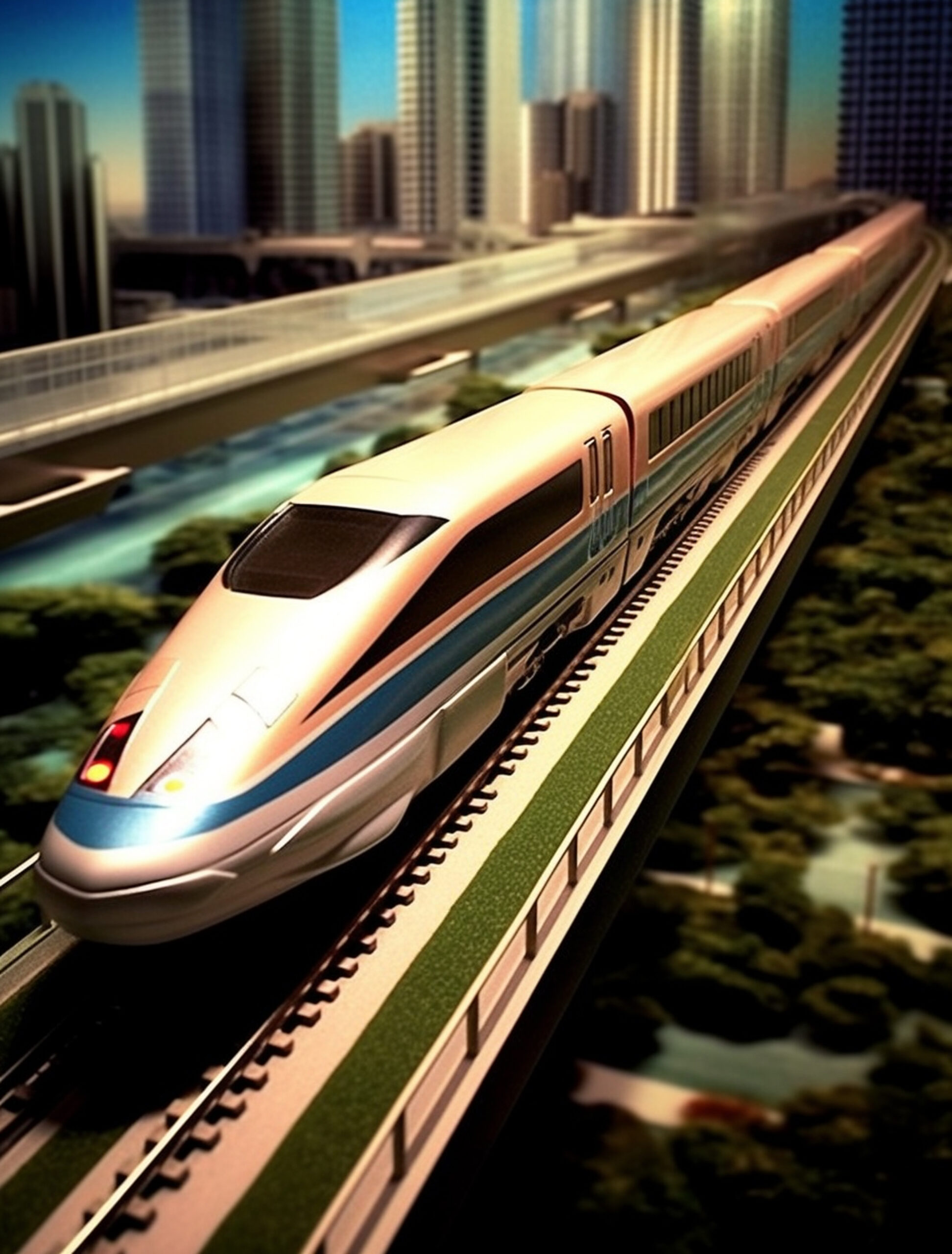
In 1870, Beach Pneumatic Transit, named for its developer, ran a passenger capsule moved by pneumatic power under Broadway in Manhattan, from Warren st. to Murray st. in NY city. But with their current level of construction materials it failed to hold the pressures.
Virgin Hyperloop in Nevada plans for the commercialized system to reach 510 mph with 670 mph possible. To avoid making people sick, the system would take three minutes to accelerate to that speed. Because of the slow take off speed, passengers will only feel 30 to 40% of the acceleration as compared to an airplane taking off. The trips will be so smooth that coffee won’t slide even at 600 mph says Ismaul Babar one of the company’s engineers.
There are three companies that have raised tens of millions of dollars for the development of their own patented approach too long-distance Mass transit. There will soon be a 6 mile test track from Calgary to Edmonton in Alberta Canada, and a shorter track near Limoges France, for one of several French routes being considered.
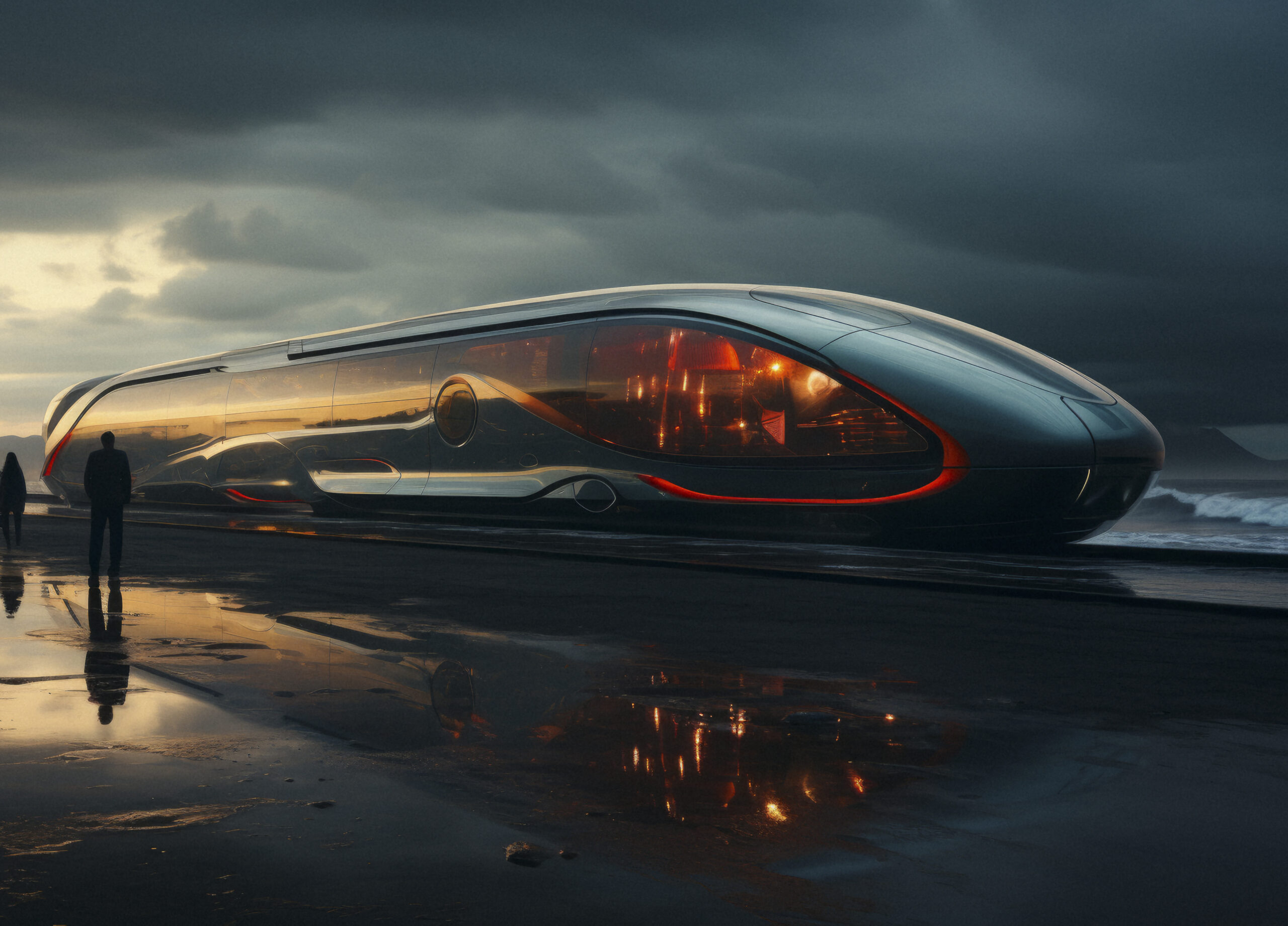
Hyperloop technology is 10X more efficient than air travel and even more efficient than trains and even 5X more efficient than short haul flights. In India Virgin Hyperloop One, is about to go through the procurement process for a service between Mumbai and Pune, which is about 75 miles apart. They are looking for certification by 2023 with service up and running by 2025.
Virgin One has raised 295 million in development monies and is in a development stage not only with India projects, but Ohio as well. The India project is considered an official infrastructure project. There is a seven-mile test track in place now. Passenger operations could begin by 2025, cutting travel between the two cities to 30 minutes, one-fifth the current time. Virgin One is currently working on a project that would connect Chicago to Columbus to Pittsburgh.
There is a sense that things in transportation are stale. Time is a more and more valuable commodity for people. The transportation industry is ready for a new way of thinking. Imagine local state legislators being able to travel to their state capital easily without a car and the pollution being saved in doing so.
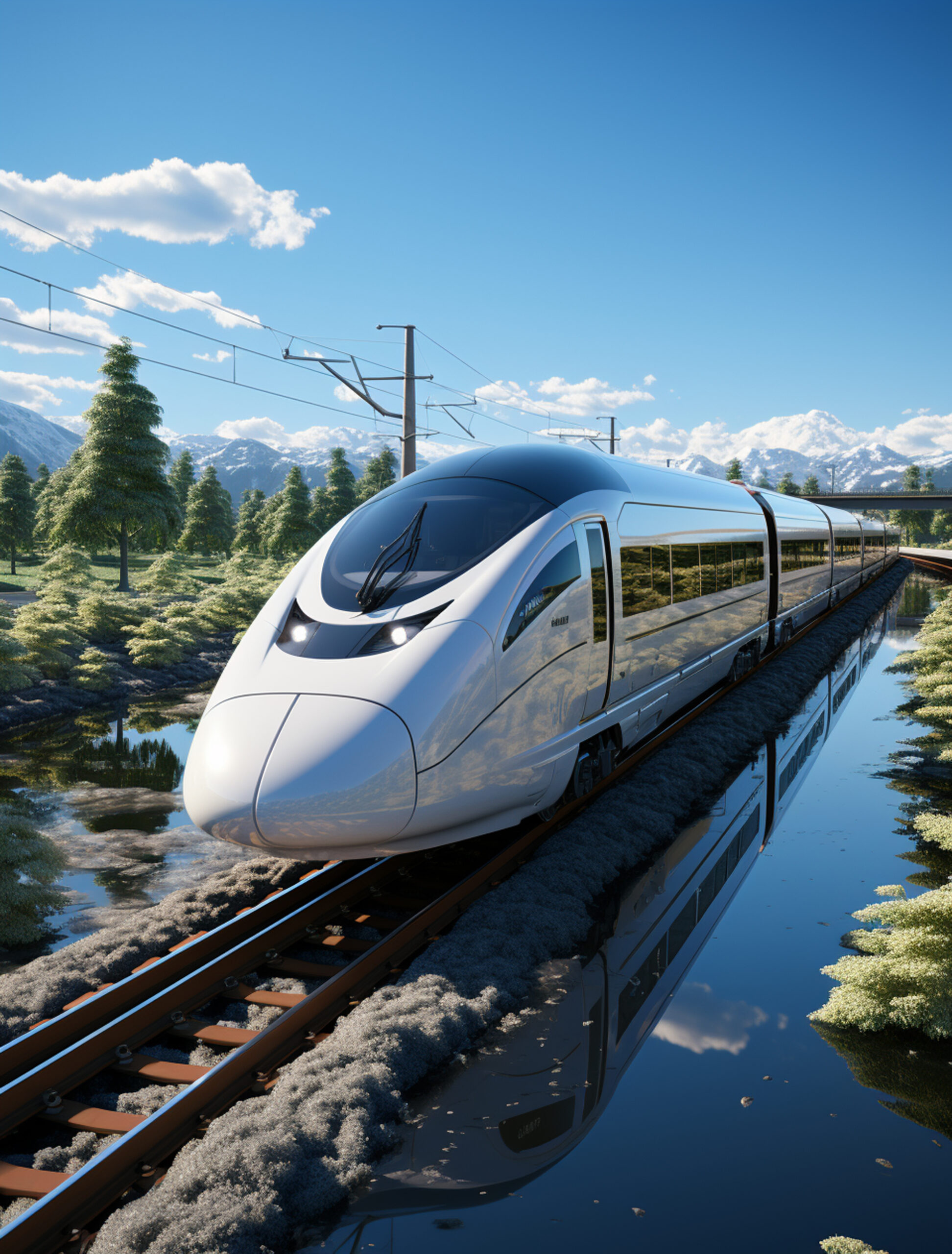
HTT engineers at Boeing and NASA are working on various parts in their extra time for equity. They have 300 engineers currently helping out. A bunch of engineers has struck partnerships with established engineering companies including vacuum maker, Lybold, companies a design firm Aecom and Spanish engineering, Artificial. They are investigating Hyperloop networks, figuring out where it could run, who might use it, how much it would cost, and how to build it with minimal fuss, etc. in the U.S., France, the United Arab Emirates, India, Brazil, China, South Korea, Indonesia, Slovakia, the Czech Republic and Ukraine, is working on regulatory, legal and insurance frameworks for this new transportation method. The information here is from an article in Wired Magazine.
Reuters 11/4/19 by David Shepardson

Virgin Hyperloop said it issued a request for proposals for states, regional, local governments and private organizations, foundation and academic institutions to create a “Hyperloop Certification Center” to establish regulatory safety standards, research frameworks and testing infrastructure.
This is an up-and-coming NEW Transportation Technology that will move us to cleaner more sustainable travel systems for our near future, connecting a state’s cities and working within a city designed “City Circle Zones.” Where 21st Century Sustainable Cities are built within these, City Circle Zones bordered by Natural Wild and Farm Area Zones within any state. Allowing efficient, economical, quick moving, of not only people but cargo, food from organic and hydroponic sources, giving people healthier food for proper nutritional health throughout a state.
(Also see YouTube B1M – Hyperloop Explained, 10 Hyperloop that will change the world)
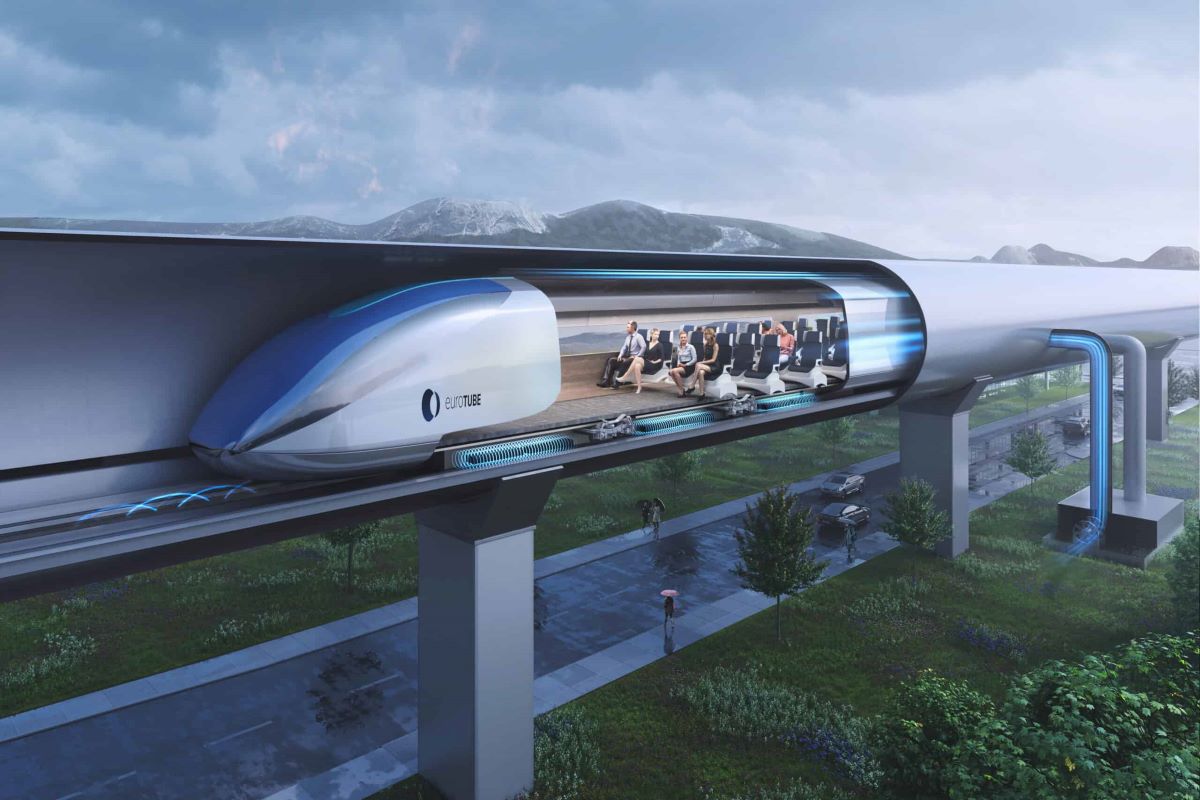 Latest Hyperloop update; on Nov.2020 Virgin Hyperloop sent two human passengers through its pneumatic tube for the first time in history. One small trip for humans, one giant leap for Virgin Hyperloop. In their 1,640-foot Devloop test track in Las Vegas. The first ones to try out the new technology were the Chief Technology Officer Josh Giegel, and Cofounder Sara Lichian, the companies head of passenger experience. 400 unmanned tests have been conducted. Technology using a pneumatic tubes and contactless levitation trains that will benefit a frictionless motion with two sets of magnets working together to repel and push the train off the tracks and forward, creating a floating effect. Each car will eventually carry 28 passengers per car. For safety reason the test was limited to 107 mph. On oct. 8th, 2020 an announcement that Virgin Hyperloop will build a $500 million dollar certification center in West Virginia for testing and development, for testing of a city-to-city system, still remain to be proven. The company has set a goal of a proven concept certification by 2025 and commercial travel by 2030, of which I hope to see become sooner. With competitors of others working on the same results, could speed up the results.
Latest Hyperloop update; on Nov.2020 Virgin Hyperloop sent two human passengers through its pneumatic tube for the first time in history. One small trip for humans, one giant leap for Virgin Hyperloop. In their 1,640-foot Devloop test track in Las Vegas. The first ones to try out the new technology were the Chief Technology Officer Josh Giegel, and Cofounder Sara Lichian, the companies head of passenger experience. 400 unmanned tests have been conducted. Technology using a pneumatic tubes and contactless levitation trains that will benefit a frictionless motion with two sets of magnets working together to repel and push the train off the tracks and forward, creating a floating effect. Each car will eventually carry 28 passengers per car. For safety reason the test was limited to 107 mph. On oct. 8th, 2020 an announcement that Virgin Hyperloop will build a $500 million dollar certification center in West Virginia for testing and development, for testing of a city-to-city system, still remain to be proven. The company has set a goal of a proven concept certification by 2025 and commercial travel by 2030, of which I hope to see become sooner. With competitors of others working on the same results, could speed up the results.
